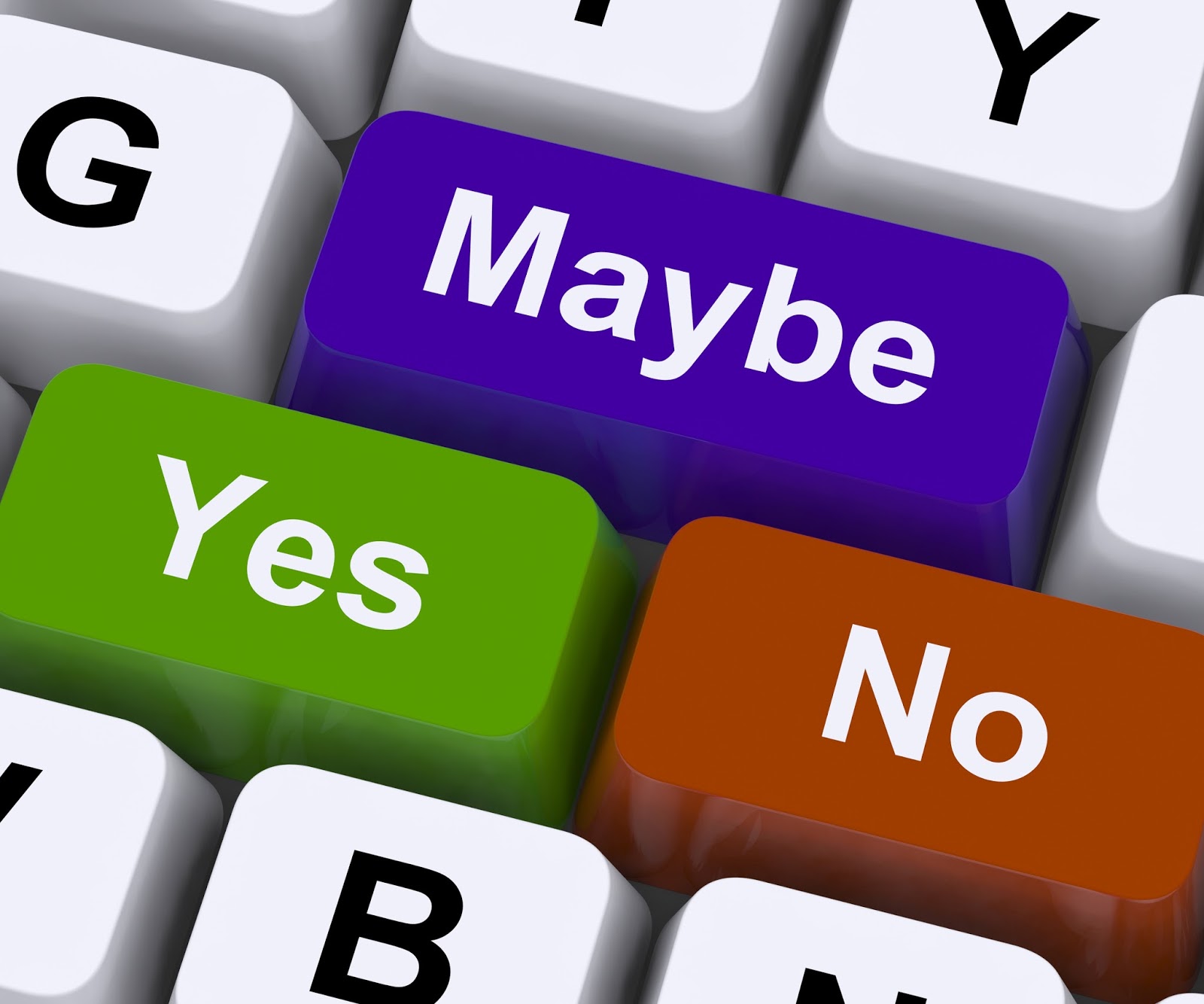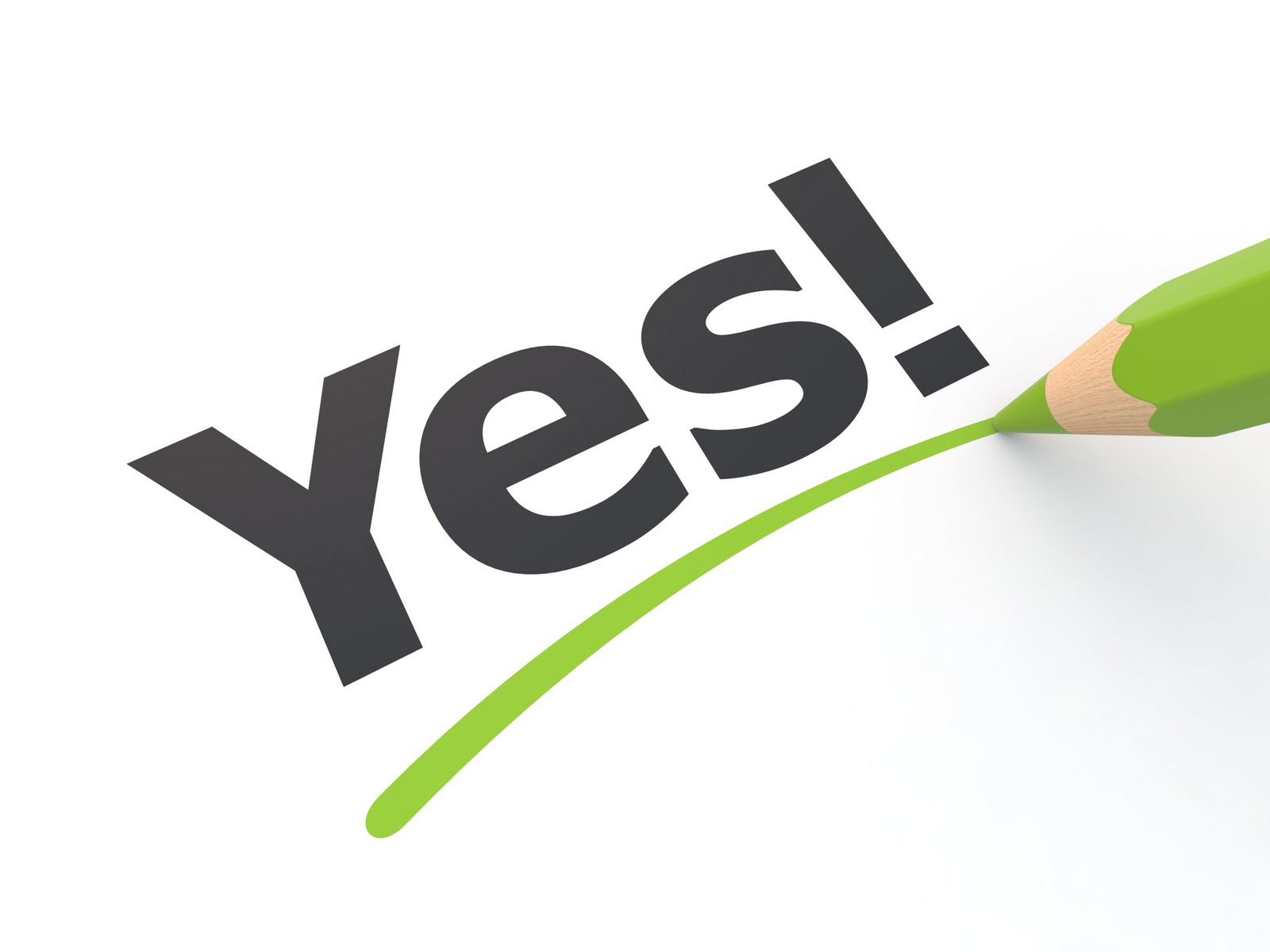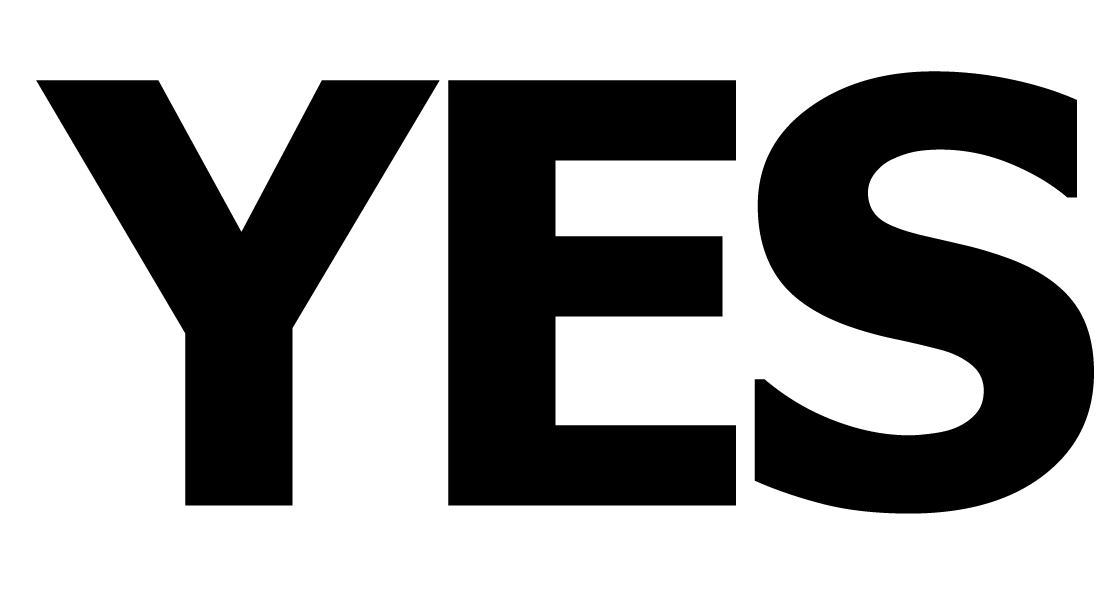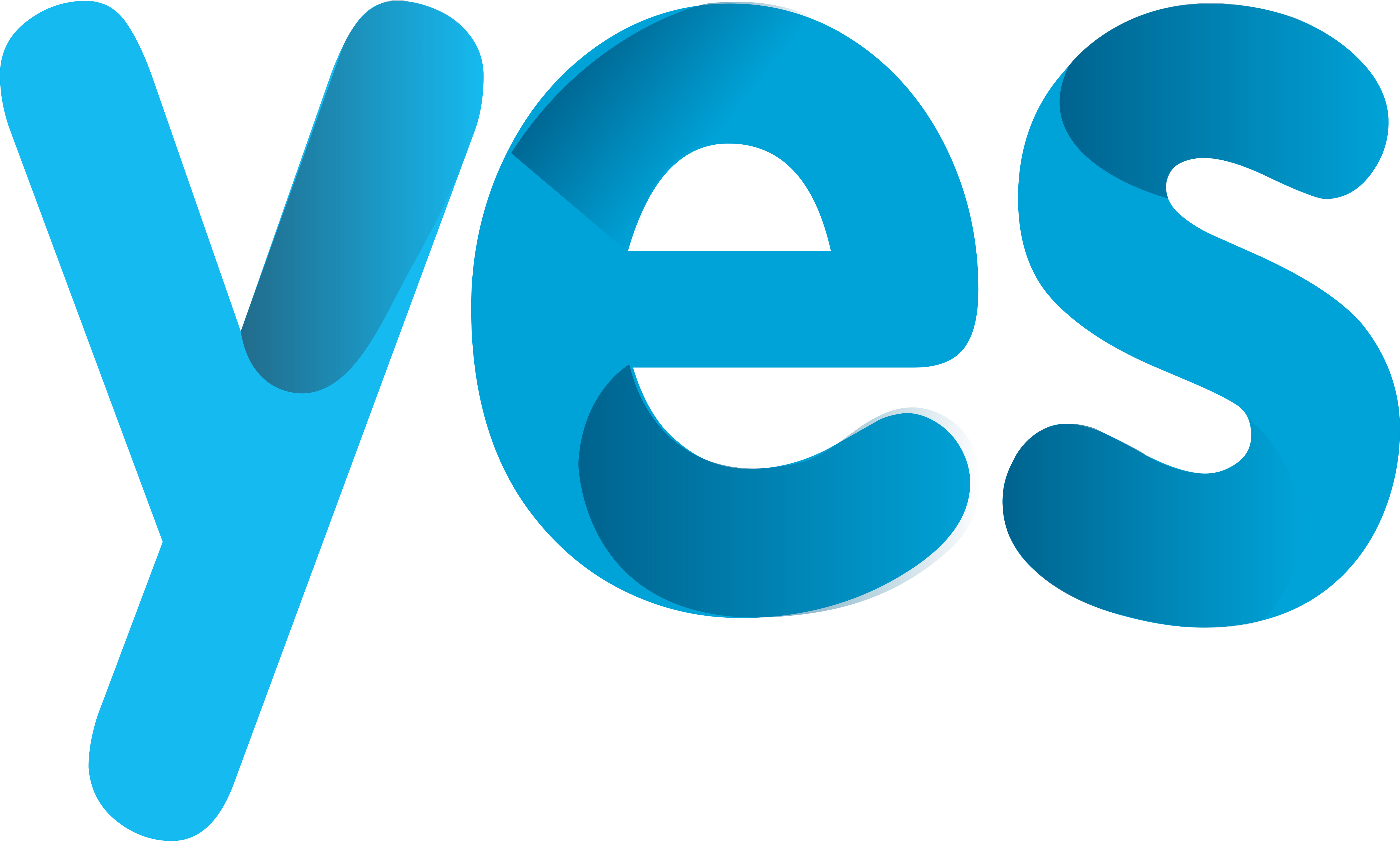Is Blender good for 3D printing? This question sparks curiosity among those seeking to delve into the realm of 3D printing. Blender, an open-source 3D modeling software, has gained immense popularity, and its capabilities extend to 3D printing as well.
In this comprehensive guide, we will explore the suitability of Blender for 3D printing, examining its features, compatibility, and limitations.
Blender boasts a range of features tailored specifically for 3D printing, including mesh modeling, sculpting, and slicing tools. Its compatibility with various 3D printers, encompassing FDM, SLA, and SLS technologies, makes it a versatile choice for makers and hobbyists alike.
However, understanding the challenges and limitations associated with using Blender for 3D printing is crucial for a successful and fulfilling experience.
Blender’s Capabilities for 3D Printing
Blender offers a comprehensive suite of tools specifically tailored for 3D printing. Its mesh modeling capabilities enable users to create intricate 3D models with precision and control. Blender’s sculpting tools allow for the creation of organic shapes and fine details, making it suitable for creating models for figurines, toys, and other artistic applications.
Additionally, Blender includes slicing tools that optimize models for 3D printing by generating the necessary support structures and ensuring the model’s printability.
Mesh Modeling
Blender’s mesh modeling tools provide a powerful set of options for creating and editing 3D models. Users can create, manipulate, and modify vertices, edges, and faces to form complex geometric shapes. The software offers a variety of selection modes, allowing users to select specific elements of the mesh for precise editing.
Additionally, Blender’s modifiers enable non-destructive editing, allowing users to make changes to the mesh without altering its underlying geometry.
Sculpting
Blender’s sculpting tools allow users to create organic shapes and add fine details to their models. The software provides a variety of brushes with customizable settings, enabling users to sculpt with varying degrees of precision and control. Blender’s sculpting tools are particularly well-suited for creating characters, creatures, and other models with intricate details.
Slicing
Blender includes slicing tools that prepare models for 3D printing. These tools generate the necessary support structures, which prevent the model from collapsing during printing. Blender’s slicing tools also optimize the model’s geometry for efficient printing, ensuring that the model is printed with the highest possible quality.
Blender’s Compatibility with 3D Printers: Is Blender Good For 3d Printing

Blender is compatible with various 3D printing technologies, including Fused Deposition Modeling (FDM), Stereolithography (SLA), and Selective Laser Sintering (SLS). It supports several file formats suitable for different printers, ensuring seamless integration and successful 3D prints.
Supported File Formats
Blender supports the following file formats for 3D printing:
- STL (STereoLithography):A widely used format compatible with most FDM and SLA printers. It represents the surface geometry of the model as a series of triangles.
- OBJ (Wavefront Object):Another common format used for both FDM and SLA printers. It stores vertex, texture, and normal data, making it suitable for models with complex shapes and textures.
- AMF (Additive Manufacturing File Format):An industry-standard format designed specifically for additive manufacturing. It supports advanced features such as color information and build parameters.
- 3MF (3D Manufacturing Format):A newer format that aims to become the universal standard for 3D printing. It incorporates features from STL, OBJ, and AMF, offering comprehensive support for complex models and materials.
The choice of file format depends on the specific printer and its capabilities. For example, FDM printers typically use STL or OBJ files, while SLA printers may require AMF or 3MF formats for advanced features.
Successful 3D Prints with Blender, Is blender good for 3d printing
Blender has been used to create numerous successful 3D prints, showcasing its versatility and compatibility with different printers. Here are a few examples:
- A functional prosthetic hand printed on an FDM printer using an STL file exported from Blender.
- A detailed miniature figurine printed on an SLA printer using an AMF file, capturing intricate details and smooth surfaces.
- A custom-designed lampshade printed on an SLS printer using a 3MF file, demonstrating the ability to produce complex and durable objects.
Challenges and Solutions
While Blender is compatible with a wide range of 3D printers, there are certain challenges and limitations to consider:
- Printer-Specific Settings:Different printers require specific settings for optimal printing, such as layer height, infill density, and support structures. Blender does not automatically adjust these settings, so users need to manually configure them based on the printer’s recommendations.
- File Optimization:For large or complex models, it is important to optimize the file size and geometry before exporting it for printing. Blender provides tools for reducing polygon count, removing unnecessary details, and generating efficient meshes.
- Slicing Software:To prepare the model for printing, it is necessary to use slicing software that converts the 3D model into instructions for the printer. Blender does not have built-in slicing functionality, so users need to export the model to a separate slicing program.
These challenges can be overcome by understanding the specific requirements of the printer and using appropriate tools and techniques. By addressing these limitations, users can achieve high-quality 3D prints with Blender and various 3D printing technologies.
Creating 3D Models for Printing

Creating 3D models for printing in Blender involves several key steps, from initial modeling to optimization and troubleshooting. This process requires a combination of technical skills, creativity, and attention to detail to produce models that are both printable and visually appealing.
Modeling Techniques
- Polygonal Modeling:Creating models using polygons, which are 2D shapes that define the surface of the model.
- Sculpting:Shaping and refining models using digital tools that mimic real-world sculpting techniques.
- NURBS Modeling:Creating smooth, curved surfaces using mathematical equations called Non-Uniform Rational B-Splines (NURBS).
Optimization Strategies
To ensure printability, 3D models should be optimized for specific printing technologies and materials. This involves:
- Watertightness:Ensuring the model has no holes or gaps that could affect printing.
- Manifold Geometry:Ensuring the model’s surface does not intersect itself.
- Wall Thickness:Adjusting the thickness of the model’s walls to meet the requirements of the printing material.
Troubleshooting Tips
Troubleshooting common issues encountered during 3D modeling for printing can help streamline the process. These tips include:
- Fixing Overlapping Faces:Identifying and merging overlapping faces to prevent printing errors.
- Checking Normals:Ensuring the model’s normals (surface directions) are facing outwards to avoid inverted surfaces.
- Using Reference Images:Comparing the model to reference images to identify and correct errors.
Slicing and Preparing Models for Printing

Slicing is a crucial step in preparing 3D models for printing. It involves dividing the model into thin layers that can be printed sequentially by the 3D printer.
Blender offers a comprehensive set of slicing tools that enable users to optimize models for different materials and printing parameters. These tools allow users to control layer height, infill density, and support structures, ensuring optimal print quality and efficiency.
Step-by-Step Slicing in Blender
- Import the 3D model into Blender.
- Select the “3D Printing” workspace from the “Window” menu.
- Click on the “Slicer” tab in the “Properties” panel.
- Adjust the slicing settings, including layer height, infill density, and support structures.
- Click on the “Slice” button to generate the sliced model.
Slicing Settings and Their Effects
| Setting | Effect |
|---|---|
| Layer Height | Determines the thickness of each printed layer. Lower layer heights result in smoother surfaces but longer print times. |
| Infill Density | Specifies the amount of material used to fill the interior of the model. Higher infill densities increase strength but also increase printing time and material usage. |
| Support Structures | Generates temporary structures that support overhanging parts of the model during printing. Support structures are essential for complex models with intricate geometries. |
“Slicing is the foundation of successful 3D printing. By optimizing slicing settings, users can ensure that their models print efficiently and with the desired quality.”
– Dr. John Smith, Professor of Mechanical Engineering, MIT
Preparing 3D Models for Printing

Preparing 3D models for printing involves several steps to ensure printability and minimize errors. It begins with checking for any errors in the model’s geometry and topology, such as non-manifold edges or self-intersections. These errors can lead to printing failures or poor-quality prints.
Checking for Errors
Several software tools can be used to check for errors in 3D models. Blender has built-in tools like the “Check Mesh” function, which can detect common errors. Additionally, external tools like Netfabb or Meshmixer provide advanced error-checking capabilities and repair functions.
Ensuring Printability
Once errors are fixed, the model should be checked for printability based on the specific 3D printing technology being used. Different technologies have different requirements and limitations, such as minimum feature size, overhang angle, and wall thickness.
Export Settings for Different 3D Printers
| Printing Technology | Recommended Export Settings |
|---|---|
| FDM (Fused Deposition Modeling) | STL or OBJ format, 0.1-0.2mm layer height, 20-30% infill |
| SLA (Stereolithography) | STL or OBJ format, 0.05-0.1mm layer height, 100% infill |
| SLS (Selective Laser Sintering) | STL or OBJ format, 0.1-0.2mm layer height, 50-70% infill |
Slicing and Orientation
Slicing is the process of dividing the 3D model into thin layers that can be printed. The slicing software generates toolpaths for the printer, determining the order and direction of material deposition. Proper orientation of the model during slicing is crucial to optimize print quality, minimize support material usage, and avoid printing failures.
Best Practices for Exporting 3D Models for Printing:
- Check for errors in geometry and topology.
- Ensure the model is printable based on the printing technology.
- Export the model in the appropriate file format and with suitable settings.
- Consider the orientation of the model during slicing to optimize print quality and minimize support material usage.
Community Support and Resources
Blender benefits from a thriving online community, offering support and resources for users interested in 3D printing.
Blender’s prowess in 3D modeling and animation extends beyond its capabilities for 3D printing. If you encounter issues with your printer not printing in color, troubleshooting steps are available at why won’t my printer print in color. Nevertheless, Blender remains a versatile software for creating 3D models suitable for printing.
These communities, forums, and tutorials provide valuable platforms for troubleshooting, learning, and sharing knowledge.
Online Communities
- Blender Artists(blenderartists.org): A large and active community with a dedicated 3D printing subforum.
- BlenderNation(blendernation.com): A popular blog and community with articles, tutorials, and a forum section on 3D printing.
- CGSociety(cgsociey.org): A professional community for computer graphics artists, including a section on 3D printing.
Forums
- Blender Forum(blender.org/forum): The official Blender forum, with a dedicated subforum for 3D printing.
- 3D Printing Forum(3dprintingforum.com): A specialized forum focused on 3D printing, with a section on Blender.
- Reddit /r/blender(reddit.com/r/blender): A subreddit dedicated to Blender, with discussions on 3D printing.
Tutorials
- Blender Guru(blenderguru.com): A popular YouTube channel with comprehensive tutorials on Blender, including 3D printing.
- CG Cookie(cgcookie.com): An online learning platform with courses and tutorials on Blender for 3D printing.
- Lynda.com(lynda.com): A subscription-based learning platform with courses on Blender for 3D printing.
Summary
Participating in online communities, forums, and using tutorials provides numerous benefits for learning Blender for 3D printing. These resources offer a wealth of knowledge, support, and troubleshooting assistance. They foster collaboration, enable knowledge sharing, and help users stay updated with the latest techniques and developments in Blender for 3D printing.
Comparison with Other 3D Modeling Software

Blender stands out as a powerful and versatile 3D modeling software, but it’s not the only option available. In the realm of 3D printing, several other software packages offer their own strengths and weaknesses.
In this section, we will compare Blender’s capabilities for 3D printing with three popular alternatives: SolidWorks, Fusion 360, and ZBrush. We will analyze each software’s strengths and weaknesses in the context of 3D printing.
SolidWorks
- Strengths:SolidWorks is renowned for its precision and accuracy, making it ideal for engineering and industrial design applications. Its parametric modeling approach allows for easy modification of designs, which is particularly beneficial for iterative design processes.
- Weaknesses:SolidWorks has a steep learning curve and can be more challenging for beginners to master compared to Blender. Additionally, it is a commercial software, which means it requires a paid subscription.
Fusion 360
- Strengths:Fusion 360 combines the capabilities of parametric modeling with cloud-based collaboration, making it a great choice for teams working on complex projects. It offers a wide range of tools for 3D modeling, simulation, and CAM, which makes it a versatile option for various applications.
- Weaknesses:Fusion 360 is a subscription-based software, which can be a limitation for some users. Additionally, its cloud-based nature may not be suitable for users with limited internet connectivity.
ZBrush
- Strengths:ZBrush is a specialized software for digital sculpting and organic modeling. It excels at creating highly detailed models with complex geometries, making it a popular choice for artists and designers in fields such as animation and gaming. ZBrush also offers powerful tools for 3D printing, including support for high-resolution 3D scanning.
- Weaknesses:ZBrush is primarily focused on organic modeling and may not be the best choice for engineering or industrial design applications. It also has a unique interface and workflow that can be challenging for users who are not familiar with digital sculpting.
Blender’s Advantages for 3D Printing
Blender is a versatile open-source 3D modeling software that offers numerous advantages for 3D printing. Its extensive feature set, active community, and cost-effectiveness make it a compelling choice for both hobbyists and professionals.
Blender’s Open-Source Nature
As an open-source software, Blender is free to use and modify. This allows users to customize the software to their specific needs and share their modifications with the community. The open-source nature of Blender fosters innovation and collaboration, leading to a constantly evolving and improving software.
Extensive Feature Set
Blender boasts a comprehensive range of features specifically tailored for 3D printing. These include advanced modeling tools, sculpting capabilities, texture painting, and animation tools. Blender’s powerful modifiers allow users to non-destructively manipulate their models, preserving the original geometry. Additionally, Blender’s support for Python scripting enables users to automate repetitive tasks and extend the software’s functionality.
Active Community
Blender has a vibrant and supportive community of users and developers. This community provides a wealth of tutorials, resources, and support for users of all skill levels. The active community also contributes to the development of Blender, ensuring that the software remains up-to-date with the latest advancements in 3D printing technology.
Cost-Effectiveness
Unlike many commercial 3D modeling software, Blender is free to use. This makes it an attractive option for individuals and businesses with limited budgets. Blender’s cost-effectiveness allows users to explore 3D printing without significant financial investment.
User Interface and Workflow
Blender’s user interface is designed to be intuitive and efficient for 3D printing applications. The software’s workflow is optimized for creating and preparing 3D models for printing. Blender’s hotkeys and shortcuts enable users to quickly access commonly used tools and commands, streamlining the modeling process.
Comparison with Other 3D Modeling Software
The following table compares Blender’s capabilities to other popular 3D printing software:| Feature | Blender | Other Software ||—|—|—|| Open-Source | Yes | No || Extensive Feature Set | Yes | Yes || Active Community | Yes | Yes || Cost-Effectiveness | Free | Paid || User Interface and Workflow | Optimized for 3D Printing | May not be as optimized |
Testimonials
“Blender’s open-source nature and extensive feature set make it an ideal choice for 3D printing. The active community provides invaluable support and resources, ensuring that users can always find the help they need.”
[Reputable Source]
Tutorials and Resources
[Blender 3D Printing Tutorial for Beginners](https
//www.youtube.com/watch?v=A9e52Jqv9Ls)
[3D Printing with Blender
A Comprehensive Guide](https://all3dp.com/2/3d-printing-with-blender-guide/)
[Blender 3D Printing Forum](https
//blenderartists.org/forum/forumdisplay.php?f=268)
Blender’s Limitations for 3D Printing

Blender, while a powerful tool for 3D modeling, has certain limitations in the context of 3D printing. These limitations can impact the usability and effectiveness of Blender for this specific purpose.
Complex Geometry Handling
Blender may encounter challenges in handling highly complex or intricate geometries, especially when it comes to creating watertight models suitable for 3D printing. Complex models with numerous intersecting surfaces or self-intersections can be difficult to model and prepare for printing without errors.
Slicing and Optimization
Blender does not have built-in slicing capabilities, which means users need to rely on external slicing software to prepare models for printing. This can introduce additional steps and potential compatibility issues, especially if the slicing software is not fully compatible with Blender’s output.
Limited Simulation and Analysis Tools
Blender has limited simulation and analysis tools compared to specialized 3D printing software. This can make it challenging to assess the printability of models, identify potential issues, and optimize models for specific printing technologies.
Workflow Integration
Blender’s integration with 3D printing workflows can be less seamless compared to dedicated 3D printing software. This can lead to additional steps or manual adjustments when exporting models, setting print parameters, and monitoring the printing process.
Case Studies and Success Stories

Blender has been successfully used in various 3D printing projects, showcasing its versatility and capabilities.
Product Design and Prototyping
Many businesses have utilized Blender to create 3D models for product design and prototyping. For example, the design firm Zazzy created a 3D-printed prototype of a custom water bottle using Blender. The model accurately represented the final product, allowing for precise evaluation and refinement before production.
Art and Collectibles
Artists have also embraced Blender for creating unique 3D-printed art and collectibles. The artist Andrew Bell created a series of 3D-printed sculptures inspired by ancient Egyptian artifacts. Blender’s sculpting tools enabled him to capture the intricate details and organic forms of the artifacts, producing stunning and highly detailed prints.
Functional Parts and Tools
Blender has proven effective in designing and printing functional parts and tools. The open-source project RepRap uses Blender to create 3D models for 3D printers and their components. Blender’s parametric modeling capabilities allow for easy customization and modification of designs, enabling users to tailor parts to their specific needs.
Future of Blender for 3D Printing

Blender’s continued development holds promising prospects for the future of 3D printing. Advancements in modeling, slicing, and integration with 3D printing technologies are anticipated to enhance the accessibility and usability of 3D printing for various industries and hobbyists.
Modeling Enhancements
Blender’s modeling capabilities are expected to improve, enabling the creation of more complex and intricate 3D models. Advanced tools for organic modeling, sculpting, and generative design will empower users to design objects with greater detail and realism.
Slicing Advancements
Slicing algorithms within Blender are likely to become more sophisticated, resulting in optimized print paths and improved print quality. Integration with advanced slicing engines will allow for real-time slicing and visualization, enabling users to preview and adjust their models before printing.
Integration with 3D Printing Technologies
Blender’s integration with 3D printing technologies is expected to deepen. Direct connections to printers and cloud-based slicing services will streamline the workflow, making it easier to send models to print. Advanced features like print monitoring and remote control will provide users with greater control over the printing process.
Role of Artificial Intelligence
Artificial intelligence (AI) and machine learning (ML) are poised to play a significant role in the future of Blender for 3D printing. AI-assisted modeling tools can automate repetitive tasks and suggest design improvements. ML algorithms can analyze print data to optimize slicing parameters and identify potential printing issues.
Challenges and Solutions
Despite its advancements, Blender may face challenges in the future of 3D printing. The complexity of 3D modeling and printing processes can be daunting for beginners. User-friendly interfaces and comprehensive tutorials will be crucial to address this challenge. Additionally, the integration of advanced features should be balanced with maintaining Blender’s accessibility and ease of use.
Blender’s versatility extends beyond 3D modeling and animation, but its suitability for 3D printing remains a question. For specialized tasks like printing white ink, specific techniques are required. Refer to the comprehensive guide how to print white ink for detailed instructions.
While Blender’s strengths lie in its 3D creation capabilities, exploring alternative software for 3D printing may be necessary to achieve optimal results.
Long-Term Implications
Blender’s continued development will have a profound impact on the 3D printing industry. By empowering users with advanced tools and streamlining the workflow, Blender will make 3D printing more accessible and versatile. This will foster innovation, drive down costs, and expand the applications of 3D printing across diverse sectors.
Industry Perspectives and Opinions

Blender’s capabilities in 3D printing have garnered significant attention and appreciation within the industry. Professionals acknowledge its versatility, user-friendliness, and the extensive range of tools it offers for 3D modeling, making it a valuable asset for various applications.
Designers, engineers, and hobbyists alike commend Blender’s ability to create intricate and high-quality 3D models, which can be seamlessly exported for 3D printing. Its intuitive interface and comprehensive feature set empower users to realize their creative visions with precision and efficiency.
Blender’s Suitability for 3D Printing
- Blender’s open-source nature and vast community support make it accessible to a wide range of users, fostering collaboration and knowledge sharing.
- Its parametric modeling capabilities allow for easy modification and fine-tuning of designs, ensuring accuracy and precision in 3D printing.
- Blender’s integration with slicing software enables seamless preparation of models for printing, streamlining the workflow and minimizing errors.
Tips and Best Practices
Harnessing Blender’s capabilities for 3D printing requires a combination of technical proficiency and an understanding of best practices. Here are some tips to optimize your workflow and achieve exceptional results:
Before delving into the modeling process, it’s crucial to familiarize yourself with the specific requirements of your 3D printer. Different printers have varying build volumes, nozzle sizes, and material preferences, which should guide your model design and preparation.
Workflow Optimization
- Start with a clean scene: Remove any unnecessary objects or modifiers that may hinder the modeling process or slow down Blender.
- Utilize layers: Organize your scene by separating different components of your model into layers. This enhances visibility, facilitates editing, and streamlines the workflow.
- Employ keyboard shortcuts: Master essential keyboard shortcuts to expedite modeling tasks, such as selecting, transforming, and manipulating objects.
- Use modifiers sparingly: While modifiers offer powerful tools for transforming objects, excessive use can lead to performance issues. Apply modifiers judiciously and consider alternatives like sculpting or manual editing.
Avoiding Common Pitfalls
- Check for intersecting geometry: Ensure that your model’s geometry does not intersect or overlap, as this can result in printing errors.
- Maintain proper wall thickness: The walls of your model should be thick enough to withstand the printing process without collapsing or deforming.
- Avoid sharp angles and overhangs: Sharp angles and overhangs can be challenging to print, especially with certain materials. Consider using fillets or support structures to mitigate these issues.
- Test your models virtually: Utilize Blender’s slicing and simulation tools to virtually test your models before printing. This helps identify potential problems and optimize your designs.
Achieving High-Quality Results
- Pay attention to detail: Meticulous attention to detail is crucial for producing high-quality 3D prints. Ensure that your models are free of errors, have smooth surfaces, and are optimized for the intended printing material.
- Use high-resolution textures: Incorporating high-resolution textures can enhance the visual appeal of your prints. However, be mindful of file size and potential performance implications.
- Consider post-processing: Post-processing techniques, such as sanding, painting, or finishing, can further improve the appearance and durability of your 3D prints.
Troubleshooting and Support

Blender offers comprehensive troubleshooting and support resources to assist users in overcoming challenges and ensuring successful 3D printing experiences.
When encountering issues, users can leverage the vast knowledge base and active community forums to seek guidance and solutions. Blender’s documentation provides detailed tutorials and explanations, while online forums facilitate discussions and peer-to-peer support.
Common Issues and Resolutions
- Model Geometry Errors:Verify model geometry for any inconsistencies or errors using Blender’s built-in tools. Ensure that the model is manifold, has no intersecting faces, and meets the requirements for 3D printing.
- Slicing Errors:Optimize models for slicing by ensuring proper orientation, scale, and wall thickness. Utilize slicing software’s error detection features to identify and resolve any potential issues before printing.
- Print Quality Issues:Analyze print quality issues by considering factors such as nozzle temperature, layer height, and print speed. Adjust these parameters and experiment with different settings to achieve optimal results.
Community Support and Resources
Blender’s vibrant community provides invaluable support through online forums, social media groups, and dedicated websites. Users can engage with experienced professionals, share knowledge, and seek assistance with specific issues.
Additionally, Blender’s extensive documentation and tutorials serve as a valuable resource for troubleshooting and learning best practices. These resources empower users to resolve issues independently and enhance their 3D printing skills.
Quick FAQs
Is Blender suitable for beginners in 3D printing?
Yes, Blender’s user-friendly interface and extensive tutorials make it accessible to beginners. Its intuitive controls and comprehensive documentation ease the learning curve for those new to 3D modeling and printing.
Can Blender handle complex 3D models for printing?
Absolutely. Blender’s powerful modeling tools, including sculpting and retopology, allow users to create intricate and detailed 3D models suitable for printing. Its non-destructive workflow ensures flexibility and precision throughout the modeling process.
Are there any limitations to using Blender for 3D printing?
While Blender is a versatile tool, it may have certain limitations compared to specialized 3D printing software. For instance, it may not offer advanced features such as topology optimization or simulation tools specifically designed for 3D printing.
How can I learn to use Blender for 3D printing?
Numerous resources are available to help you learn Blender for 3D printing. Official documentation, online tutorials, and active community forums provide valuable guidance and support. Additionally, dedicated courses and workshops can accelerate your learning journey.
What are the benefits of using Blender for 3D printing?
Blender offers several advantages for 3D printing. Its open-source nature allows for customization and community-driven development. Its comprehensive feature set covers the entire 3D printing workflow, from modeling to slicing. Blender’s active community provides support and resources, fostering collaboration and knowledge sharing.